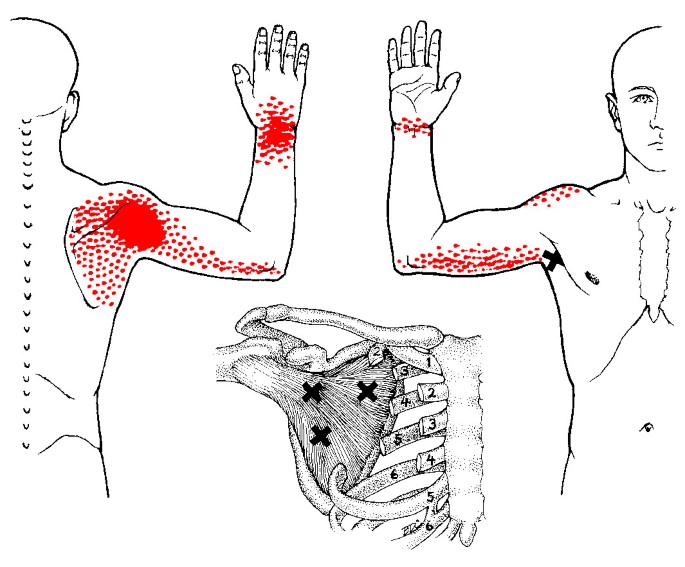
During a whiplash injury the cervical spine goes through a forced acceleration to a quick deceleration by the SCM and anterior cervical muscles. These TrPs may be activated by disturbed microtubule communication between the neuron and the endplate since the motor endplate is the peripheral core TrP pathophysiology.Īn example of a deceleration injury that you may have already treated is the tissues of sternocleidomastoid (SCM). In paraspinal muscles (and very likely others), a degree of nerve compression that causes identifiable neuropathic electromyographic changes are associated with an increase in the number of active TrPs. In addition, leaving the muscle in shortened position can convert a latent TrP to an active TrP, and this process is greatly aggravated if the muscle is contracted while in the shortened position.

The onset or activation of a TrP is usually associated with some degree of mechanical abuse of the muscle in the form of muscle overload, which may be acute, sustained, and/or repetitive. A deceleration injury is a result of momentum in which the body is forcibly stopped and the tissues are overstretched to help stop the body-part it is attached to.

There are multiple reasons that have been given for forming trigger points-one explanation comes from understanding the mechanism of a deceleration injury. Clients from my case studies encountered unique injuries with a different overload or deceleration, thus creating familiar trigger point (TrP) referral patterns.įor a deeper study of this quadriceps group, please see chapter 14 of “Myofascial Pain and Dysfunction: The Trigger Point Manual (Vol.

The famous quadriceps femoris group, which I refer to as the four-faced troublemaker, will be the topic of my next couple of articles-with step-by-step examples of my treatment protocols.


 0 kommentar(er)
0 kommentar(er)
